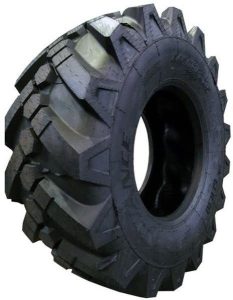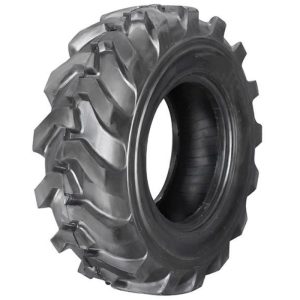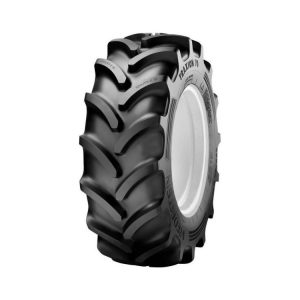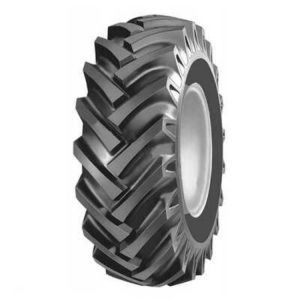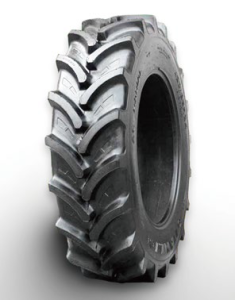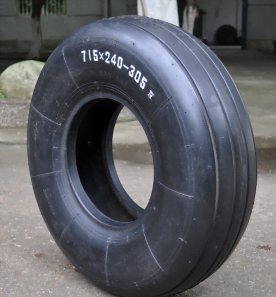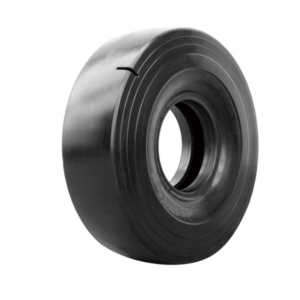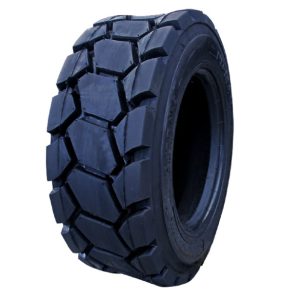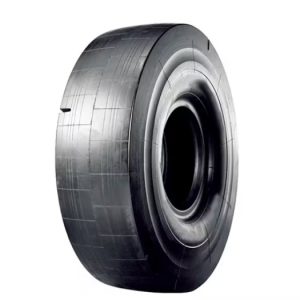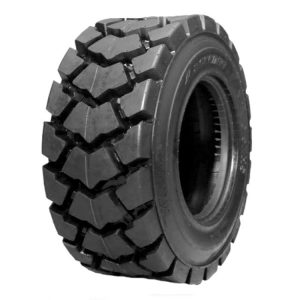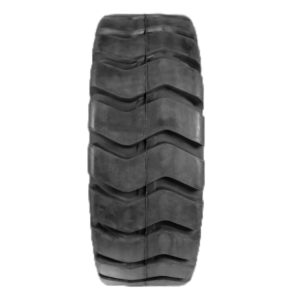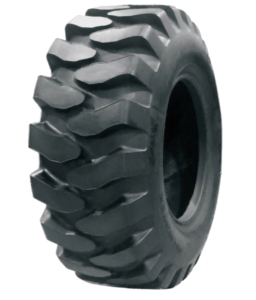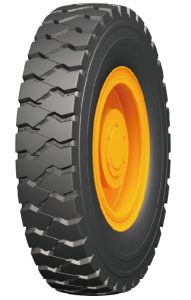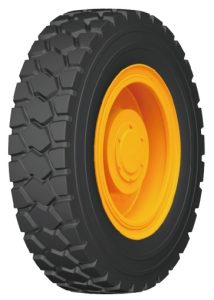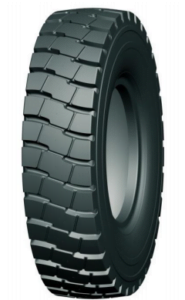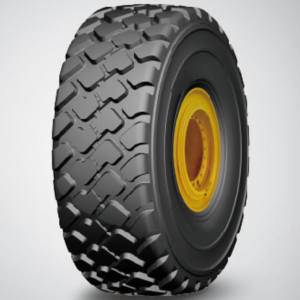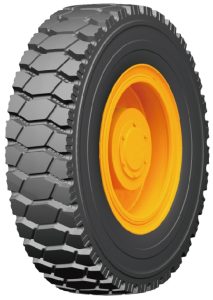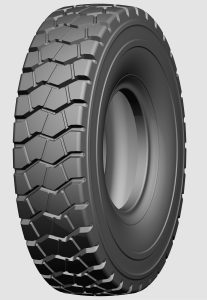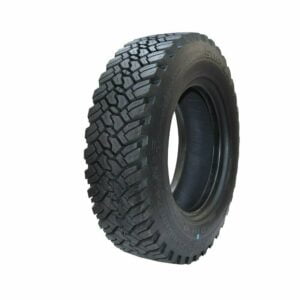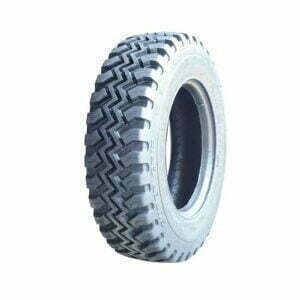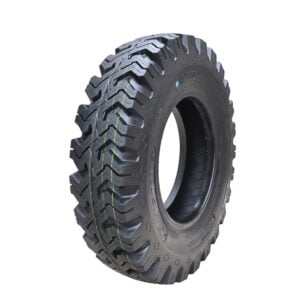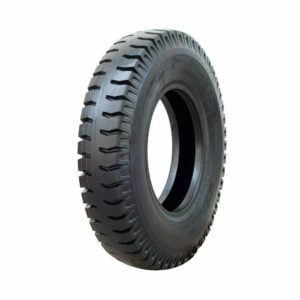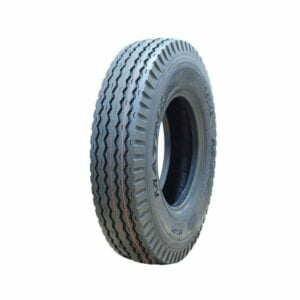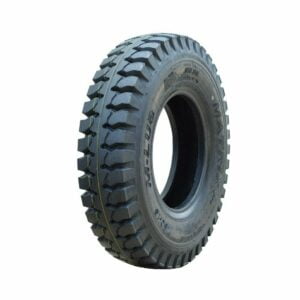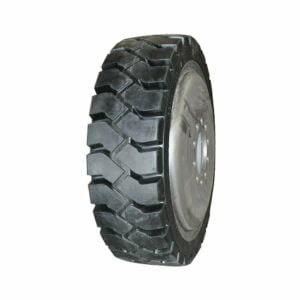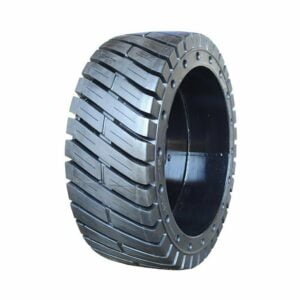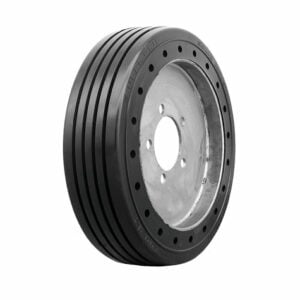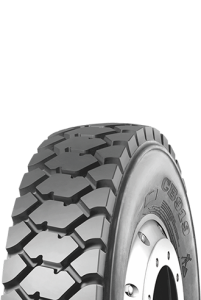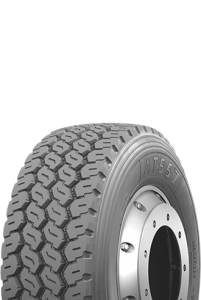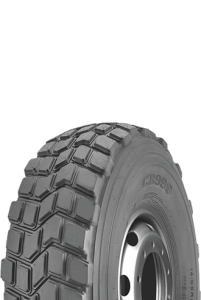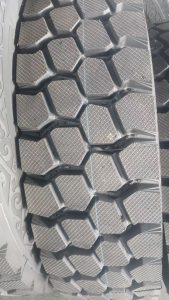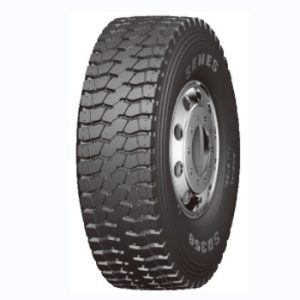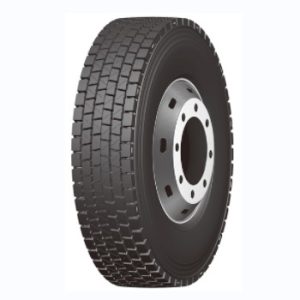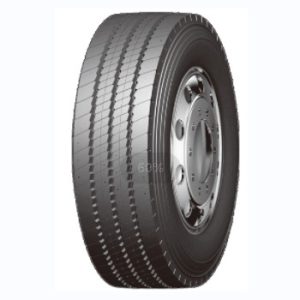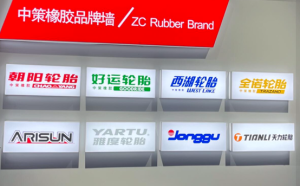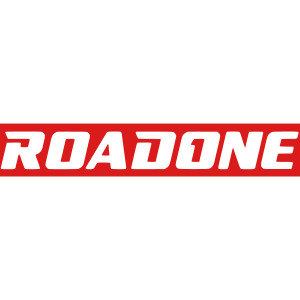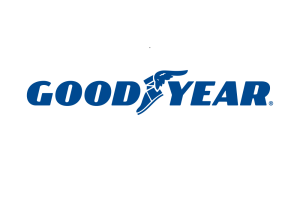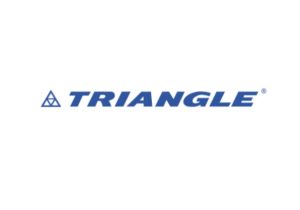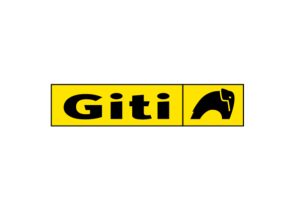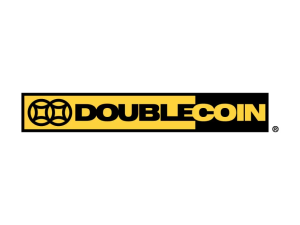The GTIN describes a family of GS1 (EAN.UCC) global data structures that employ 14 digits and can be encoded into various types of data carriers. Currently, GTIN (Global Trade Item Number) is primarily used within barcodes, but it can also be used in other data carriers such as radio frequency identification (RFID). The GTIN is only an umbrella term to describe varying types of GS1 numbering strings. For North American companies, the UPC is an existing form of the GTIN. To obtain GS1 licensed UPC barcodes, please visit www.barcode-us.com .
The family of data structures (not symbologies) comprising GTIN include:
· GTIN-12 (UPC-A): this is a 12-digit number used primarily in North America
· GTIN-8 (EAN/UCC-8): this is an 8-digit number used predominately outside of North America
· GTIN-13 (EAN/UCC-13): this is a 13-digit number used predominately outside of North America
· GTIN-14 (EAN/UCC-14 or ITF-14): this is a 14-digit number used to identify trade items at various packaging levels
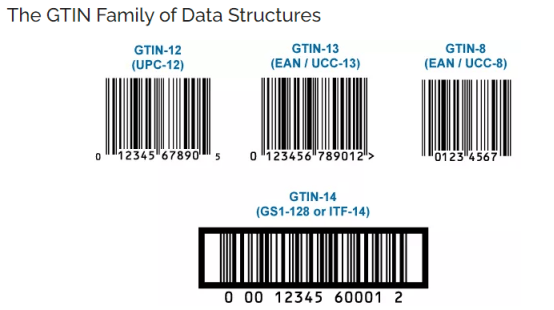
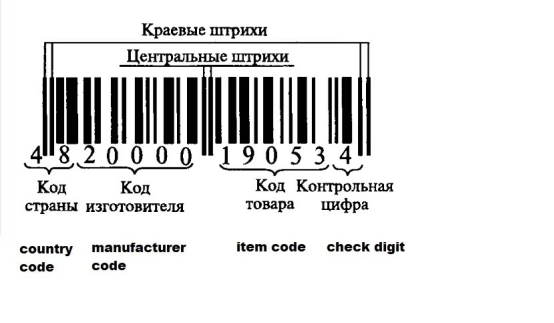
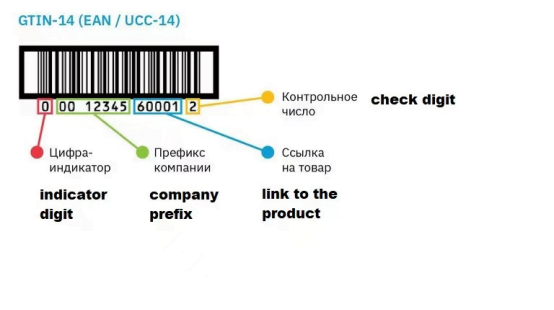
Today, five symbologies support this GTIN data structure: UPC; EAN; ITF-14; GS1-128; and GS1 Databar (formerly Reduced Space Symbology). Of these, ITF-14, GS1-128, and GS1 Databar employ 14-digit data structures of which the 14th character is a packaging level indicator (i.e., item or case). Both UPC and EAN have an implied packaging level of a single item. Therefore, these symbologies support the GTIN data structure without changing the number of encoded data characters.
The table below further illustrates the relationship between GTIN, legacy terminology, symbologies and use at point of sale. In most cases, the legacy terminology and the symbology are called by the same name. GTIN changes this by separating the name of the data structure from the data carrier or, in this case, the symbology.
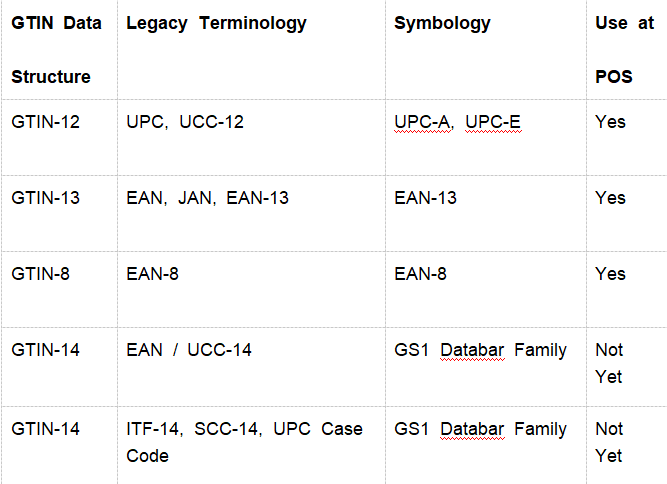
In the early 2000s retailers had to make accommodations to their original database structures to accept GTINs and the full 14-digit data string. Since the original UPC-A was only 12-digits, this resulted in a massive undertaking but the open door for GTIN data structures to be globally accepted.
Barcodes and the GTIN
Since the inception of bar codes with the UPC more than 45 years ago, hundreds of thousands of possible number combinations have been issued as manufacturer or company prefixes. GS1 has continually changed the standards of the issuing numbers, since GS1 standards are being integrated by other industries and more companies are requiring prefixes. Due to the limitations of early technology and programming, a sunrise date was established in the early 2000’s to prepare retailers and manufacturers for the changes.
The GTIN is a globally unique 14-digit number used to identify trade items, products, or services. GTIN is also an umbrella term that refers to the entire family of UCC.EAN data structures. The entire family of data structures within the GTIN is:
· GTIN-12 (UPC)
· GTIN-13 (EAN-13)
· GTIN-14 (EAN/UCC-128 or ITF-14)
· GTIN-8 (EAN-8)
The full 14-digit GTIN is achieved on a data carrier of shorter length by ‘padding’ the number with left-justified zeros out to 14 digits. See the examples below.
Data Structure / Data Storage Examples
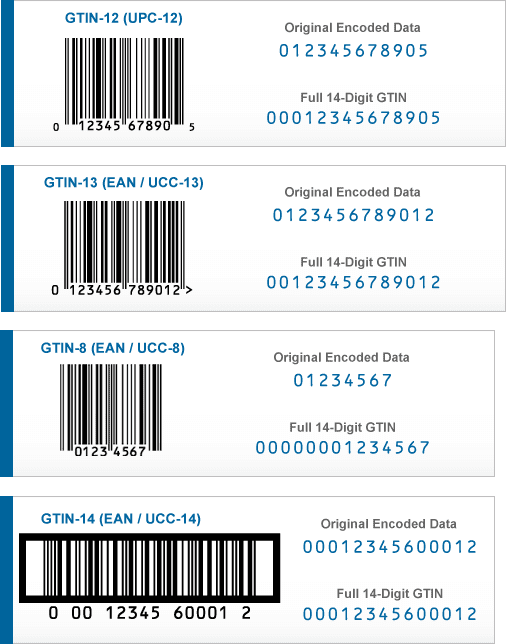
Nothing really changed in terms of the barcodes that were to be used. The UPC did not go away; GTIN is a term referring to how the data is stored, i.e., padding the item number with zeroes to a uniform length. Most scanners in use will already scan any bar code within the GTIN family. The storage of the numbers is the issue being addressed. Many larger retailers and marketplaces, such as Amazon, now use the term GTIN within their supplier requirements.

